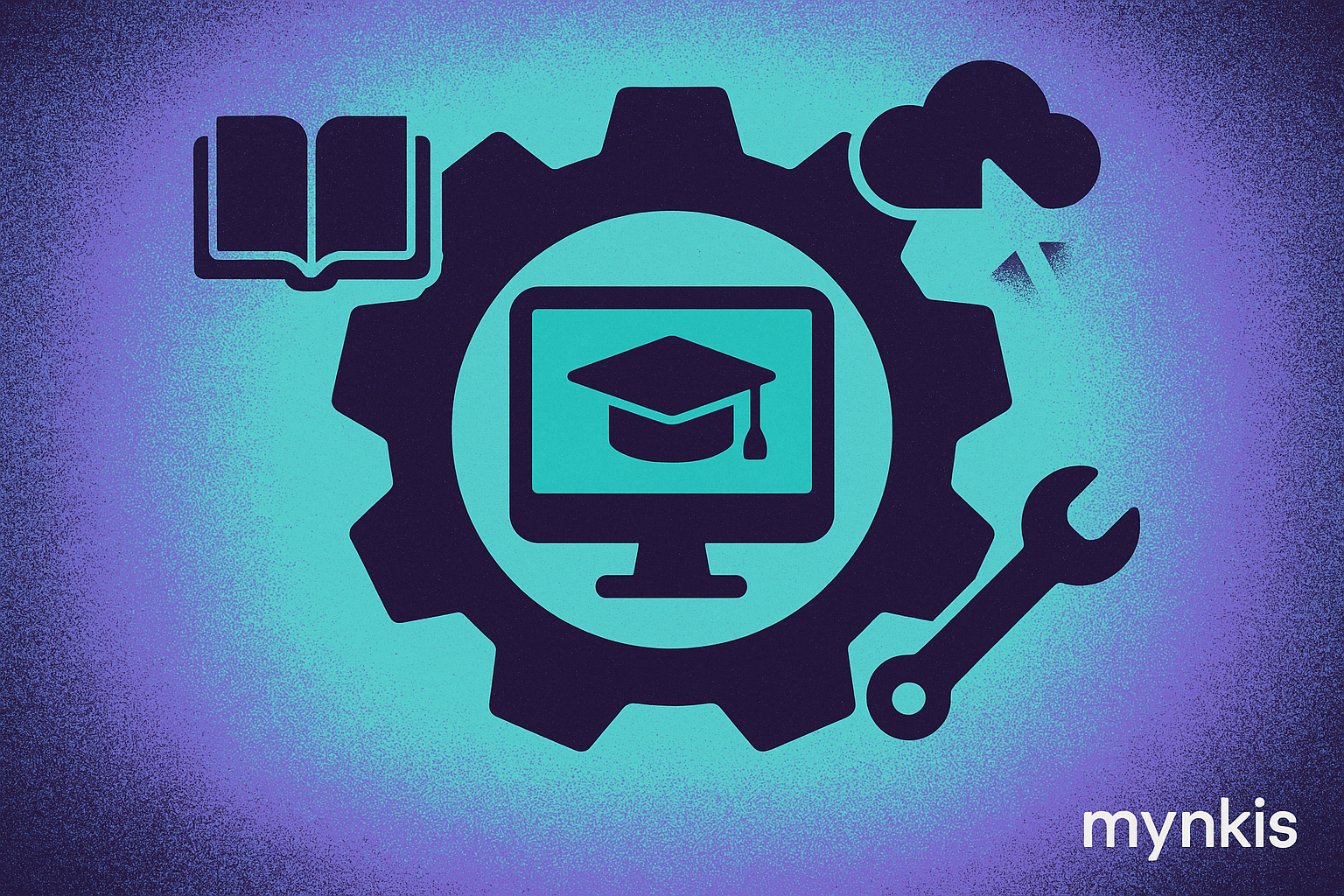Schedule a Demo
In the realm of education, the integration of custom learning management systems and optimized websites stands as a critical pivot towards future-readiness. Schools and universities, in their quest for digital transformation, must navigate the intricate landscape of IT support within software development projects. This journey, fraught with both challenges and opportunities, demands a deep understanding of how robust IT support can serve as the backbone of successful software implementation and enhancement.
IT support in software development is not merely a fix-it-when-it-breaks service. Rather, it's a proactive approach that commences from the inception of a project. From aiding in the precise articulation of requirements to translating them into feasible software solutions, IT support teams lay the groundwork. In my experiences with various educational institutions, I've observed how early involvement can drastically alter the trajectory of a project, turning nebulous goals into concrete deliverables.
Across the development lifecycle, the role of IT support becomes increasingly nuanced. During the design phase, IT specialists help in crafting solutions that are not just functional but also aligned with the institution's technological infrastructure. They ensure that the software architecture can be seamlessly integrated with existing systems, a critical aspect for universities that often have a medley of tools in use.
Moving into development, IT support teams serve as a vital link between developers and end-users, mitigating misunderstandings and ensuring that the evolving software mirrors the intended use accurately. This support extends through testing and deployment stages where they troubleshoot and refine the system based on real-time feedback, ensuring a smoother roll-out to the academic community.
Post-deployment, the role of IT support shifts towards maintenance and scaling. For educational software and websites, this phase is crucial. As new courses are added or as the institution grows, the IT team ensures that the systems scale effectively. They are responsible for uptime, system integrity, and updates to keep the platform competitive and relevant.
The education sector presents unique challenges to IT support in software development. For one, academic environments are characterized by a high degree of diversity in user needs. From professors with specialized data analysis tools to students requiring seamless access to coursework, the software must be robust yet user-friendly across the spectrum.
Security stands as another paramount concern. Educational institutions house sensitive information ranging from student records to research data. Hence, IT support must employ stringent measures to protect against breaches, aligning software development with the highest standards of cybersecurity compliance.
Integration is a further complexity; most universities rely on a myriad of systems from student information systems to library databases. Creating custom learning management systems and optimized websites requires careful weaving of these disparate threads into a cohesive whole, a task where IT support is indispensable.
Optimization for search traffic goes beyond just custom software development; it necessitates a synergy with IT support to ensure that educational platforms rank well. Search engine optimization involves structuring the website's architecture, content, and metadata in a way that is favorable to search engines like Google, driving more organic traffic to the institution's digital resources.
The role of IT in this aspect is multifaceted. They must ensure that the website's speed and mobile responsiveness align with SEO best practices. They also work closely with content creators to refine site structure and use proper SEO tags, enabling educational content to reach a broader audience and making learning resources more discoverable.
A cornerstone of any educational software project is the seamless experience for both educators and students. IT support acts as the guardian of this user experience, continuously monitoring performance and gathering user feedback to drive improvements. They ensure that any technical hiccup does not impede learning but fosters it.
In scenarios I've encountered, the prompt action of IT support can transform a potentially negative user experience into an opportunity to showcase the software's potential for growth and adaptability. They act not only as technicians but as stewards of the educational mission, understanding the profound impact technology has on learning outcomes.
Finally, the forward-looking aspect of IT support cannot be overstated. As technology evolves at a breakneck pace, so must educational software. The IT team engages in research and development, bringing in emerging technologies like AI and machine learning to augment learning systems and provide personalized educational experiences.
This forward-thinking approach ensures that the software developed today does not become obsolete tomorrow. It's about creating a framework for growth, where future updates and integrations are not just possible, but planned for, aligning with the academic vision and strategic goals of the educational institution.
